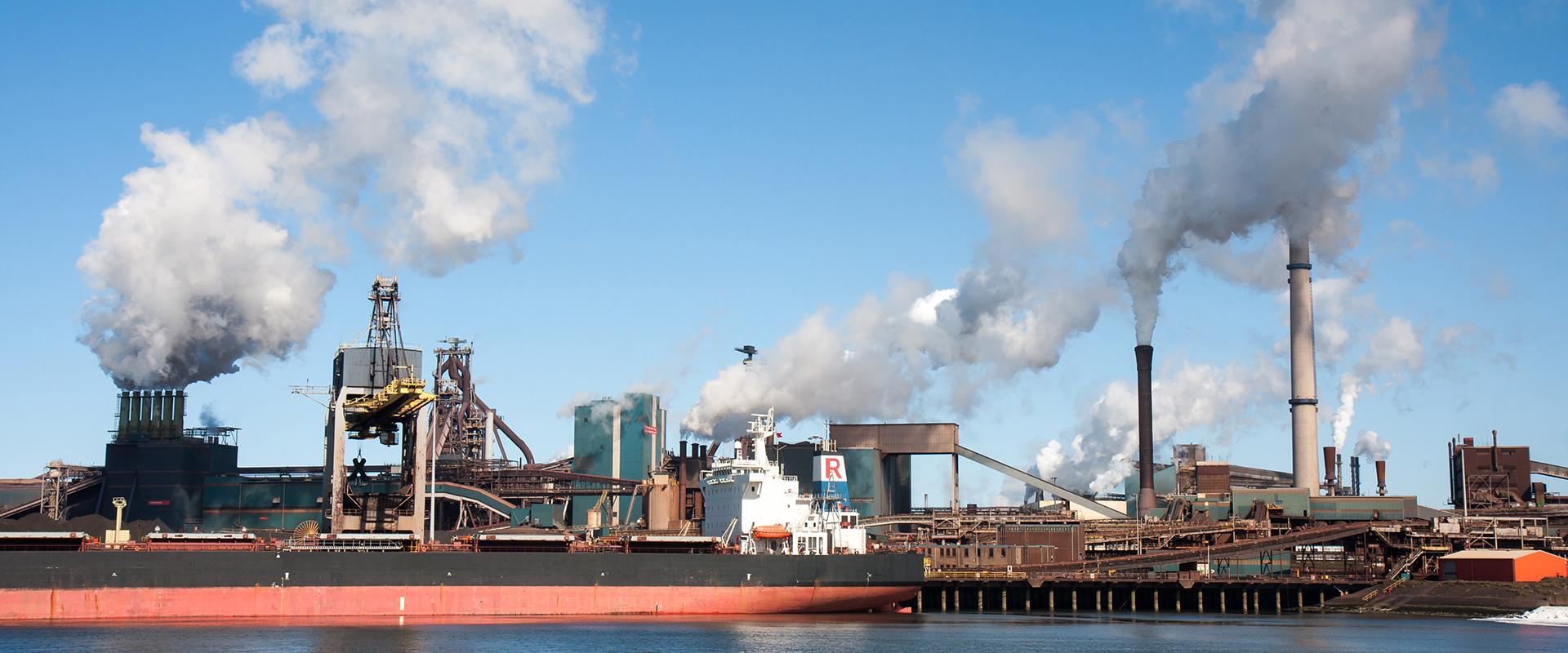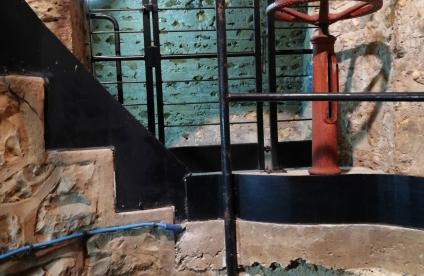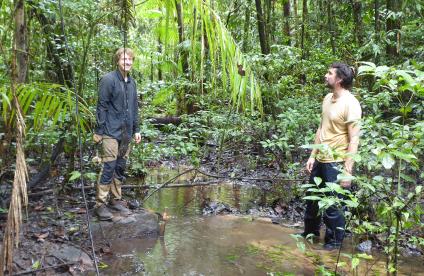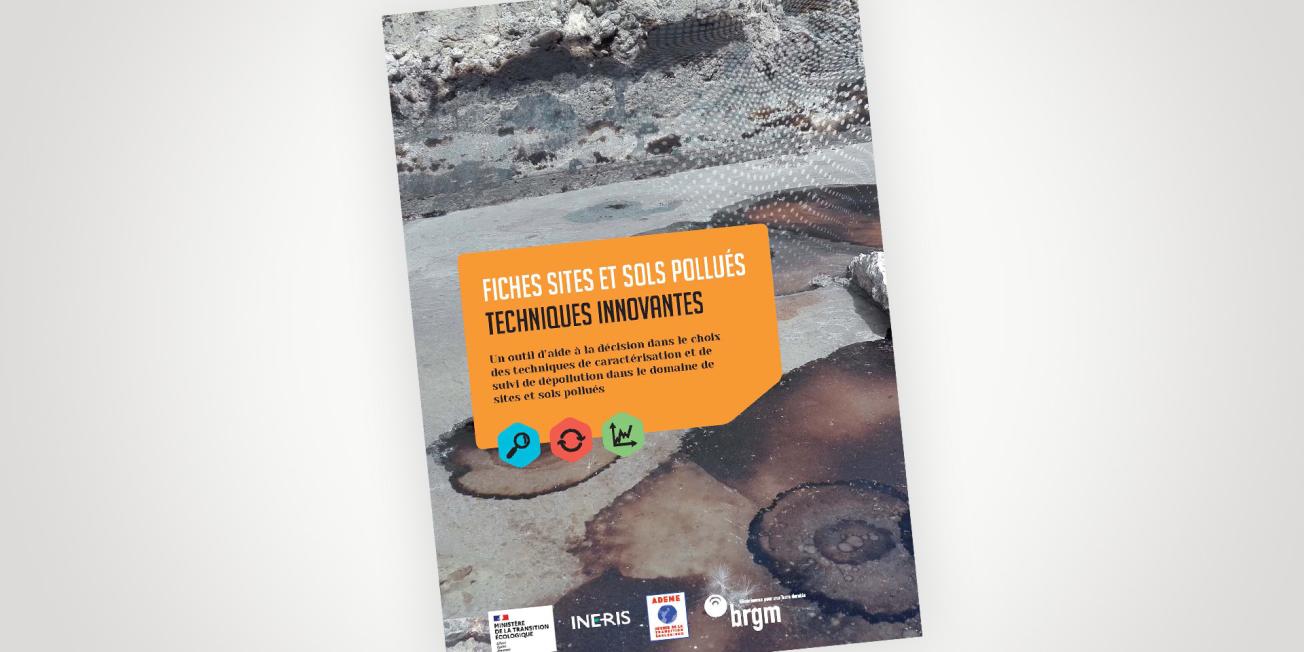
Innovative technical data sheets for assessing and monitoring the remediation of polluted sites and monitoring environmental impacts.
© BRGM
The need
The methodology implemented at national level in 2017 to manage polluted sites and soils introduced various innovative techniques that can be used during the different phases of assessment, remediation or environmental monitoring. These tools can be used to supplement or replace the conventional campaigns, which usually involve taking samples for chemical analysis. Some of these approaches are addressed in highly-detailed, specific guidebooks, but the companies and organisations involved in the management of polluted sites and soils are generally not familiar with them, and therefore do not use them.
The results
The sheets currently available have been produced through a collaborative programme involving experts from BRGM, Ineris and ADEME. Their role is to ensure operational information reaches a wider audience: contracting authorities, operators, government offices and service providers. The information provided can help players identify and validate their choice of approach in a given context. They include:
- "Stage" sheets, corresponding to the issue to be dealt with on the site: Assessment, Monitoring of Remediation or Monitoring of the Environmental Situation. They summarise the questions that need to be addressed to carry out the project, as well as the approaches that are currently available to respond to these issues;
- "Technical" data sheets, detailing each innovative approach and the context in which it should be used, as well as the methodology to be followed, the advantages and limitations of the methods. They also provide key indications on how to find out more. The approaches selected include geostatistics, qPCR and isotope tracing.
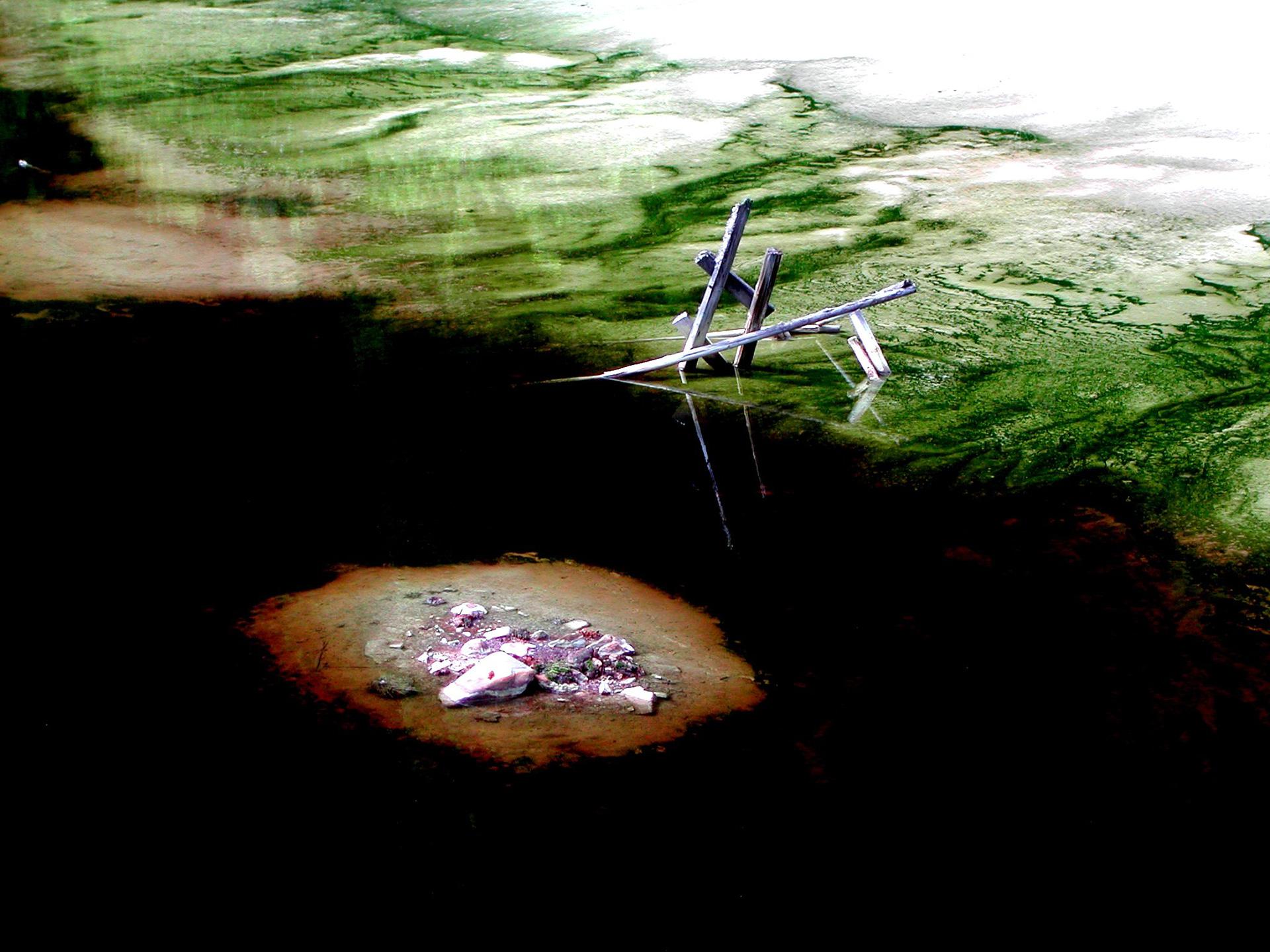
BRGM's innovative technical data sheets present up-to-date, operational analytical and geophysical tools, which stakeholders are often relatively unfamiliar with. The sheets all have an identical structure and come in a 4-page format, which makes it quick and easy to find the information you are looking for. They fully meet the expectations of professional soil-remediation companies (the UPDS) and project managers, in terms of characterising polluted sites and soils as reliably and accurately as possible, while reducing the risks of discovering pollution when the redevelopment work has begun on the sites.
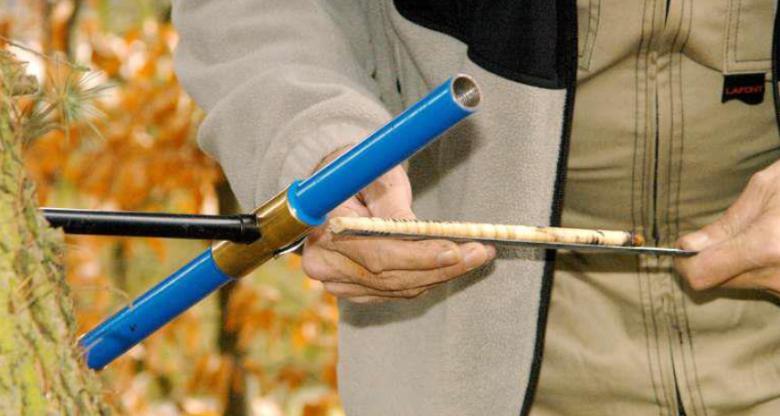
Dendrochemistry is an innovative technique used to assess polluted sites by dating the pollution.
© BRGM
Using the results
All the sheets are available on the internet but also in a guidebook, for easy access. Users choose the "stage" sheet that corresponds to the issue to be dealt with on their site: Assessment, Monitoring of Remediation or Monitoring of the Environmental Situation. The "stage" sheet then indicates the most suitable approaches for the site and the related "technical" data sheet provides further information.
The partners
The working group headed up by BRGM to develop these innovative technical sheets includes:
- ADEME
- INERIS
- EDF
- The French Ministry of Defence
- The French Ministry of the Environment (soil and subsurface office)

